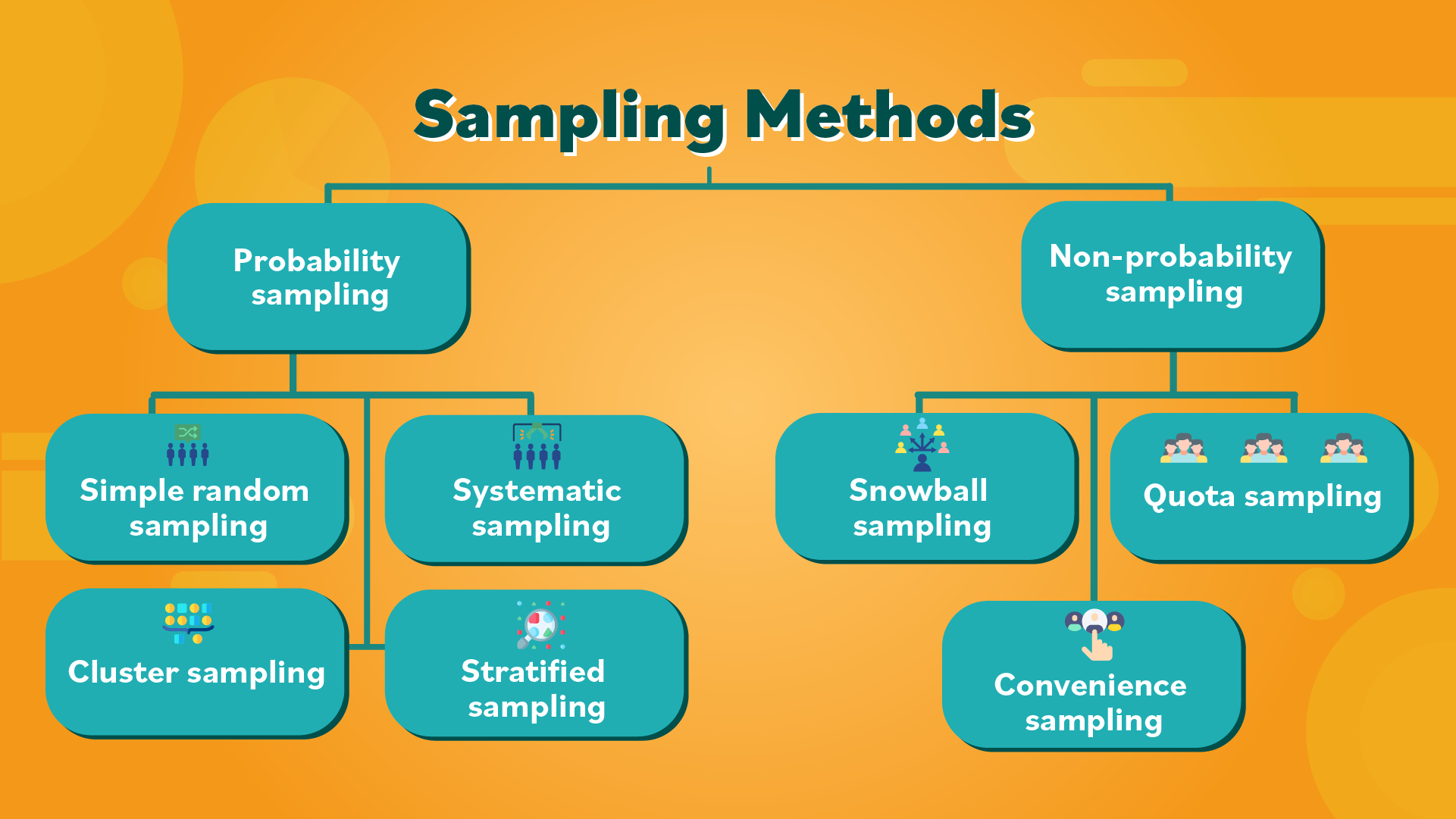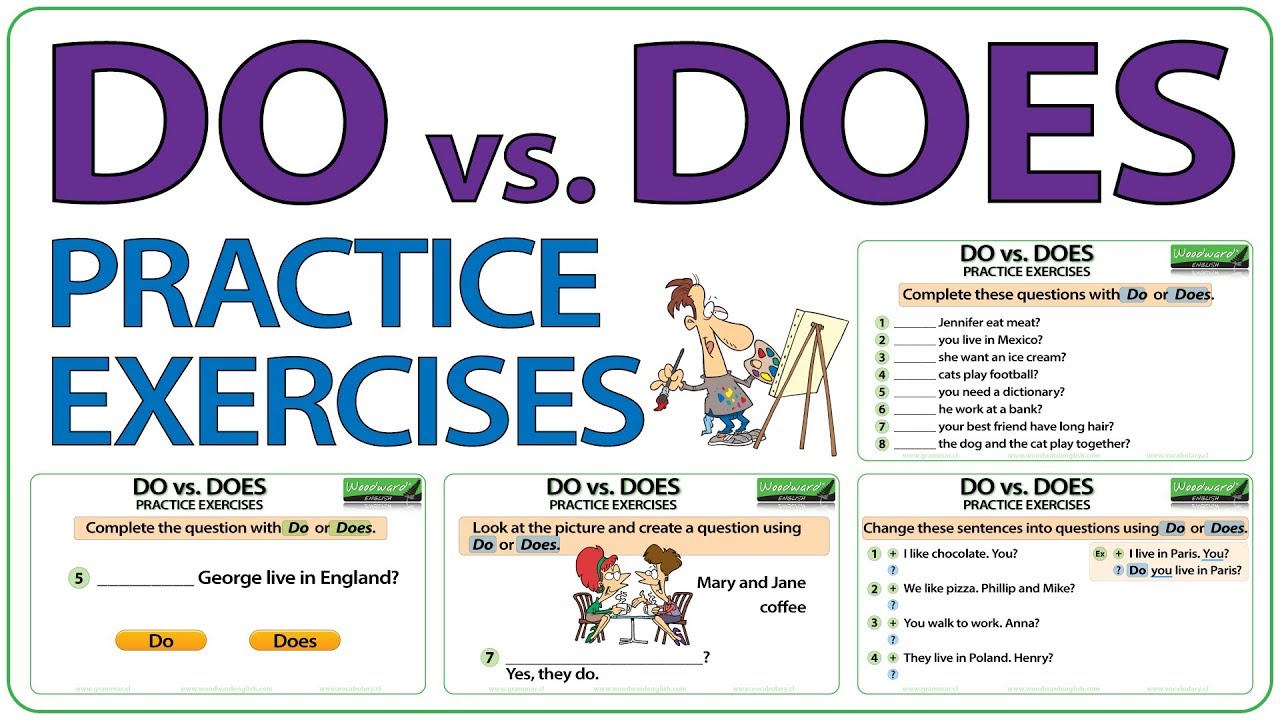Understanding Blockchain Technology: Foundations, Applications, and Opportunities
Introduction to Blockchain Technology
Blockchain technology is fundamentally a shared, immutable digital ledger that enables secure, transparent, and decentralized recording of data and transactions across a network of computers. Unlike traditional databases controlled by a central authority, blockchain distributes its database across multiple nodes, allowing all participants to access and verify the same information in real time. This distributed nature ensures data integrity and makes tampering or unauthorized changes easily detectable and extremely difficult to execute [1] , [2] .
How Blockchain Works: Core Concepts and Structure
At its core, blockchain organizes information into blocks that are linked together using cryptographic hashes, forming a continuous chain. Each block contains transaction data, a timestamp, and a unique cryptographic hash. The hash of each block is generated from its contents and the hash of the preceding block, ensuring that any change to a block would alter its hash and break the chain. This cryptographic linking makes unauthorized modifications immediately apparent to all network participants [4] , [5] .
Blockchain networks operate through consensus protocols, such as Proof of Work or Proof of Stake, which require a majority of nodes to verify and agree on the validity of each transaction before it is recorded. This mechanism eliminates the need for a central trusted authority and reduces risks associated with single points of failure [2] .
Key Benefits of Blockchain Technology
Blockchain offers several notable advantages over conventional database systems:

Source: inesem.es
- Decentralization : No single entity controls the ledger; all participants have equal access and authority.
- Immutability : Once data is recorded and validated, it cannot be altered or deleted without consensus from the network.
- Transparency : Transactions are visible to all participants, fostering trust and accountability.
- Security : Cryptographic mechanisms and consensus protocols make unauthorized changes highly improbable.
- Efficiency : Automated verification and data synchronization reduce paperwork, manual reconciliation, and delays [3] .
Practical Applications of Blockchain
While blockchain is best known as the underlying technology for cryptocurrencies like Bitcoin, its use extends to many sectors:
- Financial Services : Secure and transparent transaction record-keeping, cross-border payments, and fraud reduction.
- Supply Chain Management : Tracking goods from origin to destination, verifying authenticity, and improving efficiency.
- Healthcare : Managing patient records securely, ensuring data privacy, and streamlining claims processing.
- Real Estate : Automating property transfers, reducing paperwork, and preventing fraud through verified transaction records.
- Voting Systems : Enhancing the integrity of elections by providing immutable and transparent vote records.
For example, major logistics firms now use blockchain to verify product origins and shipping details in real time, reducing counterfeiting and improving traceability. In healthcare, organizations are piloting blockchain-powered platforms to securely share patient data among providers while controlling access and privacy [3] .
Implementing Blockchain Technology: Step-by-Step Guidance
To leverage blockchain for your organization or project, follow these general steps:
- Identify the Problem : Determine if your business challenge involves data sharing, trust, security, or process inefficiency that blockchain can address.
- Define Requirements : Specify the type of data, the number of participants, privacy needs, and regulatory considerations.
- Choose the Blockchain Type : Decide between a public blockchain (open to all) or a private/permissioned blockchain (restricted access).
- Select a Platform : Evaluate established platforms such as Ethereum, Hyperledger Fabric, or Corda for your technical needs. Visit their official websites for detailed documentation and support.
- Develop and Test : Build your solution with smart contracts or decentralized applications, then test for security, scalability, and performance.
- Deploy and Monitor : Launch your blockchain solution and continuously monitor its operation, updating as needed for evolving requirements.
If you are unfamiliar with technical details, consider consulting blockchain development firms or exploring online courses from reputable institutions or organizations. You can search for “blockchain certification” or “blockchain development services” from recognized providers.

Source: urbancrypto.com
Potential Challenges and Solutions
While blockchain offers substantial benefits, it is not without challenges:
- Scalability : Large public blockchains may experience slow transaction speeds and high energy consumption. Solutions include optimizing consensus protocols or using permissioned blockchains for smaller networks.
- Legal and Regulatory Issues : Compliance with data privacy laws and industry regulations can be complex. Work with legal experts to ensure your implementation meets all requirements.
- Integration : Incorporating blockchain into existing systems may require significant changes. Consider phased implementation and thorough testing.
- Technical Expertise : Blockchain development requires specialized skills. Upskill your team or hire experienced professionals as needed.
Organizations often start with pilot projects to evaluate blockchain’s fit for their needs before scaling up. You may find case studies and best practices by searching for “blockchain implementation case studies” from authoritative sources.
Alternative Approaches and Future Trends
Blockchain is evolving rapidly, with emerging technologies such as sidechains , layer-two solutions , and interoperable blockchains addressing some of its limitations. Businesses may also explore alternatives like distributed databases or conventional cryptographic solutions for specific problems not suited to blockchain.
Stay updated with the latest advancements by following credible industry news outlets, academic journals, and technology conferences. For official guidance, consult government agencies or recognized technology organizations.
Accessing Blockchain Services and Opportunities
If you are interested in adopting blockchain technology:
- Search for reputable blockchain service providers or consultancy firms in your sector.
- Contact industry associations or professional networks for recommendations and standards.
- Explore educational opportunities through accredited universities or online platforms offering blockchain courses.
- For regulatory information, refer to published guidelines from agencies such as the U.S. Securities and Exchange Commission or equivalent bodies in your country.
When seeking solutions, use verified sources and avoid untrusted providers. You may start by searching for “blockchain providers” or “blockchain development companies” and reviewing their credentials and customer feedback.
References
MORE FROM couponito.com













